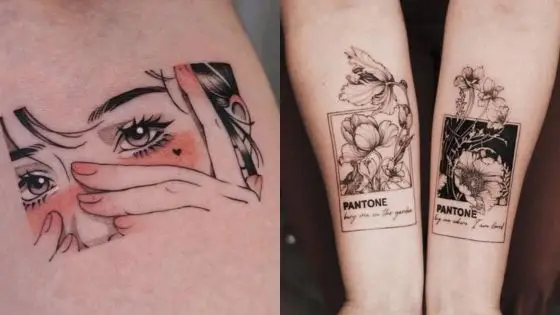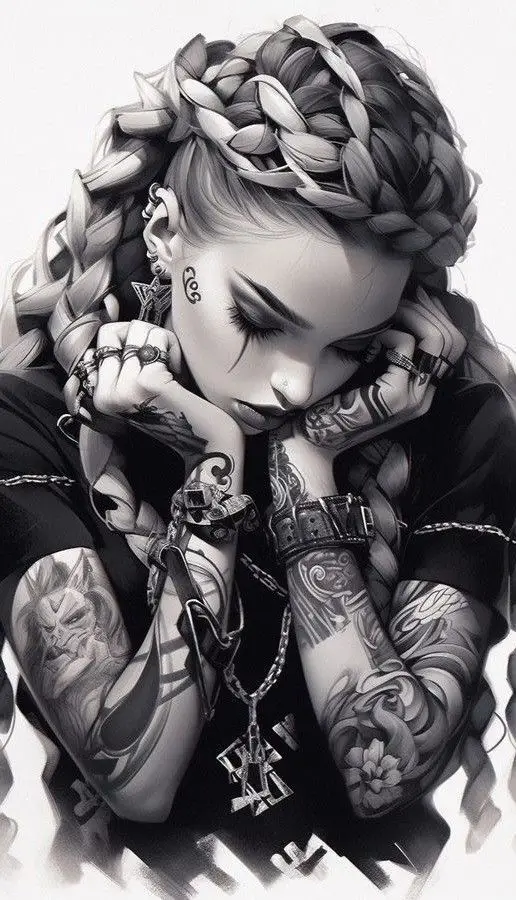
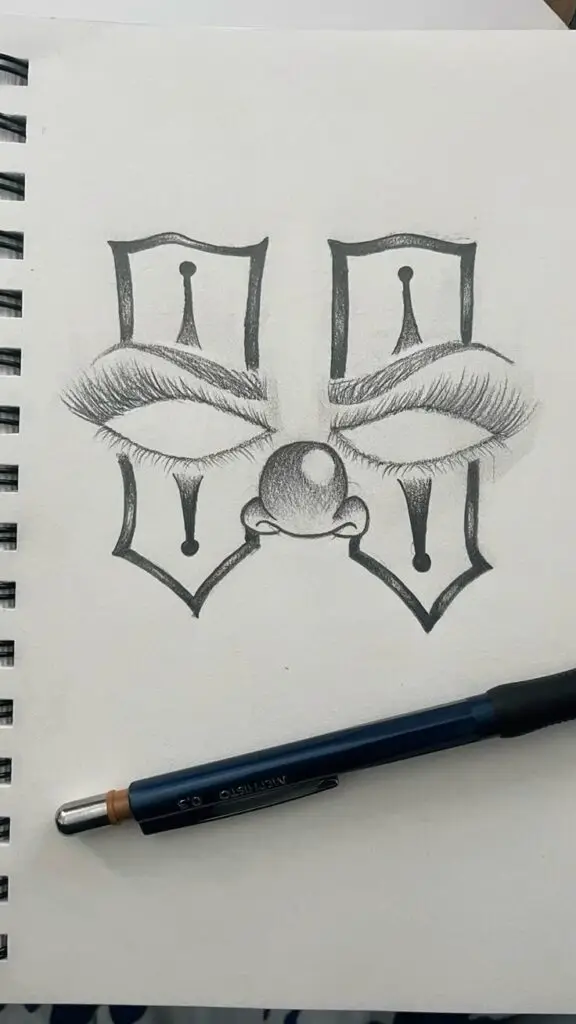
Chicano art emerged in the 1960s as a powerful form of cultural expression during the Mexican American civil rights movement. This unique artistic tradition combines Mexican heritage, American influences, and social justice themes to create visual stories that reflect the Mexican American experience.
Artists use murals, paintings, prints, and mixed media to showcase their community’s struggles, triumphs, and daily life. Their work appears on city walls, in museums, and galleries across the United States, bringing visibility to Latino voices and perspectives.
The art movement continues to grow and evolve, inspiring new generations of artists to explore their identity and culture through creative expression. Modern Chicano artists address contemporary issues while honoring traditional artistic elements from both their Mexican roots and American present.
Key Takeaways
- Chicano art blends Mexican heritage with American culture to create a distinct artistic style
- Artists use various mediums to document community experiences and social justice themes
- The movement maintains cultural traditions while embracing contemporary artistic innovation
Historical Background
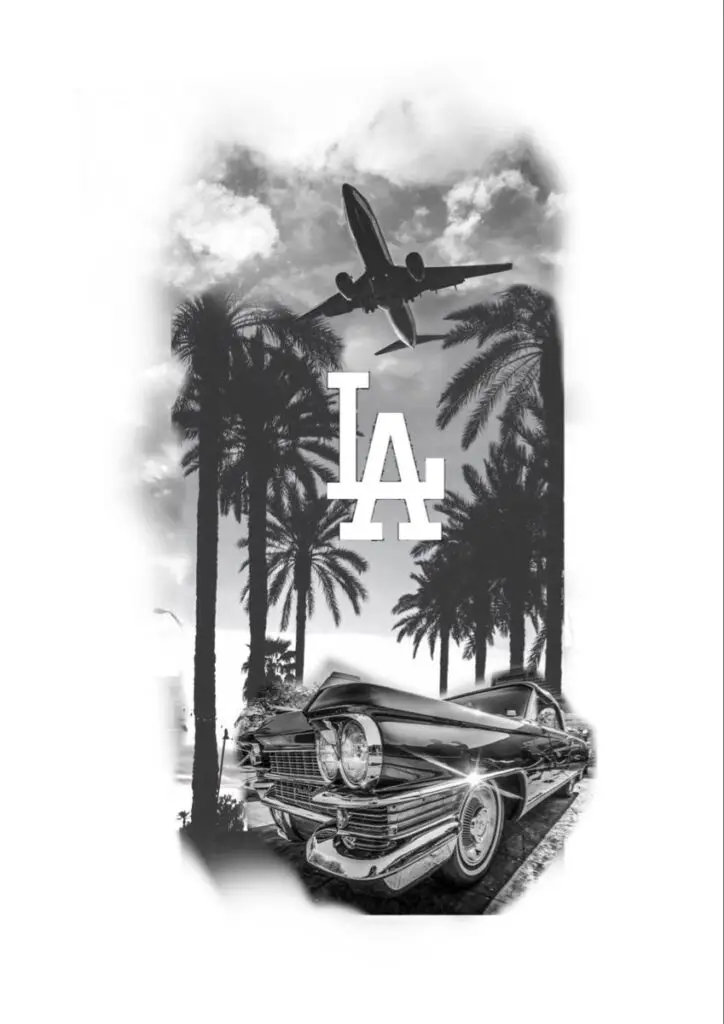

Chicano art emerged from a rich cultural heritage and social movements that shaped Mexican-American identity throughout the 20th century. The movement transformed from early Mexican influences to political activism and modern cultural expression.
Pre-Chicano Movement Influences
Mexican muralists like Diego Rivera, David Alfaro Siqueiros, and José Clemente Orozco set the foundation for Chicano art in the 1920s and 1930s. Their work highlighted social justice themes and indigenous Mexican culture.
Early Mexican-American artists combined traditional Mexican folk art with American artistic styles. They painted scenes of daily life, religious symbols, and cultural celebrations.
The Works Progress Administration (WPA) of the 1930s gave Mexican-American artists opportunities to create public art. This period saw the first major recognition of Latino artists in the United States.
The Chicano Movement Era


The 1960s civil rights era sparked the Chicano Art Movement. Artists created bold murals in urban spaces to express political messages and cultural pride.
Artists formed collectives like Los Four in Los Angeles and the Royal Chicano Air Force in Sacramento. These groups organized exhibitions and community art projects.
Key themes included farmworker rights, immigration, and cultural identity. Artists used pre-Columbian symbols and Mexican Revolutionary imagery to connect with their heritage.
Post-Movement Developments
The 1980s and 1990s saw Chicano art enter mainstream museums and galleries. Artists expanded beyond traditional themes to address gender roles, sexuality, and urban life.
Digital technology and new media opened fresh ways to create art. Many artists combined traditional Mexican folk art with modern techniques.
Young Chicano artists today tackle issues like immigration policy, border politics, and cultural preservation. Their work appears in major exhibitions and influences contemporary American art.
Major Themes in Chicano Art


Chicano art emerged as a powerful form of expression that reflects Mexican-American experiences through distinct visual elements and meaningful symbols. Artists use their work to explore identity, fight for social change, and address border issues.
Cultural Identity
Chicano artists celebrate their Mexican heritage through traditional symbols and imagery. They combine pre-Columbian designs with Catholic religious icons, creating a unique visual language.
Many artists feature the Virgin of Guadalupe, Aztec warriors, and Day of the Dead imagery in their work. These elements help preserve cultural traditions while creating new artistic styles.
Bold colors and rasquachismo – the art of making something beautiful from limited resources – define many Chicano artworks. Artists transform everyday objects into meaningful pieces that speak to their dual Mexican and American identities.
Social and Political Activism
Artists use their work to fight discrimination and promote social justice. Murals painted on public walls bring attention to workers’ rights and educational inequality.
The United Farm Workers movement inspired many pieces that show farm laborers and protest scenes. Artists like Judy Baca create large-scale works that document Chicano history and struggles.
Street art and posters spread messages about civil rights and community empowerment. These works often appear in barrios and community centers where they reach local audiences directly.
Immigration and Borders
Border walls, fences, and crossing points appear frequently in Chicano artwork. Artists explore the physical and emotional impact of separation between Mexico and the United States.
They document immigrant experiences through paintings, photographs, and installations. Many works show families divided by border policies or people making dangerous desert crossings.
Maps and geographic imagery help artists question artificial boundaries. They create pieces that imagine a world without borders or celebrate the cultural mixing that happens in border regions.
Influential Artists and Collectives


Several Chicano art groups and individual artists shaped the movement’s visual language through their distinct styles and political messages during the 1960s and 1970s.
Los Four
Los Four emerged in Los Angeles in 1973 as one of the first Chicano art collectives to gain mainstream recognition. The group consisted of Carlos Almaraz, Frank Romero, Robert de la Rocha, and Gilbert Luján.
Their vibrant murals transformed East Los Angeles streets into public galleries. They combined Mexican cultural symbols with urban art elements and addressed social justice issues.
Los Four’s breakthrough exhibition at the Los Angeles County Museum of Art in 1974 marked the first time Chicano art entered a major American museum.
Asco
Asco formed in East Los Angeles in the early 1970s. The group included Willie Herrón III, Patssi Valdez, Harry Gamboa Jr., and Gronk.
They created provocative performance art and staged interventions that challenged discrimination against the Chicano community.
Their famous “Spray Paint LACMA” action in 1972 protested the museum’s exclusion of Chicano artists.
Carmen Lomas Garza
Carmen Lomas Garza emerged as a prominent solo artist in the 1970s. Her detailed paintings document everyday Mexican-American family life in Texas.
She uses monitos (little figures) to depict cultural traditions, family gatherings, and domestic scenes. Her work Tamalada (1988) shows a family making tamales together.
Her art appears in major collections, including the Smithsonian American Art Museum. She continues to create works that celebrate Chicano cultural heritage.
Art Forms and Media


Chicano artists express their cultural identity through diverse artistic methods ranging from public murals to graphic design and theatrical performances. These creative forms serve as powerful tools for social commentary and cultural preservation.
Murals
Murals stand as the most visible form of Chicano art, adorning walls across cities and neighborhoods. The large-scale paintings often combine Pre-Columbian imagery with modern social themes.
Artists use bold colors and intricate details to tell stories of Mexican-American life and struggle. Many murals appear in public spaces like parks, schools, and community centers.
Notable works include The Great Wall of Los Angeles by Judith Baca and the murals of San Diego’s Chicano Park. These pieces often feature religious symbols, indigenous motifs, and portraits of community leaders.
Graphic Arts and Posters
Silk-screened posters and prints played a crucial role in the Chicano Movement of the 1960s and 1970s. Artists created bold designs to announce political rallies, cultural events, and community gatherings.
Self Help Graphics & Art in Los Angeles became a major center for printmaking. Their workshops trained new generations of artists in screen printing techniques.
Digital art and graphic design now expand these traditional methods. Modern Chicano designers combine cultural symbols with contemporary design tools to create striking visual statements.
Performing Arts
Theater groups like El Teatro Campesino brought farm workers’ struggles to life through dramatic performances. Their plays mixed humor with social commentary to address serious issues.
Dance combines traditional Mexican folk elements with modern styles. Groups perform at cultural festivals and community events to preserve heritage through movement.
Music ranges from traditional corridos to modern fusion styles. Many performers incorporate both Spanish and English lyrics to reflect their dual cultural experience.
Exhibitions and Galleries

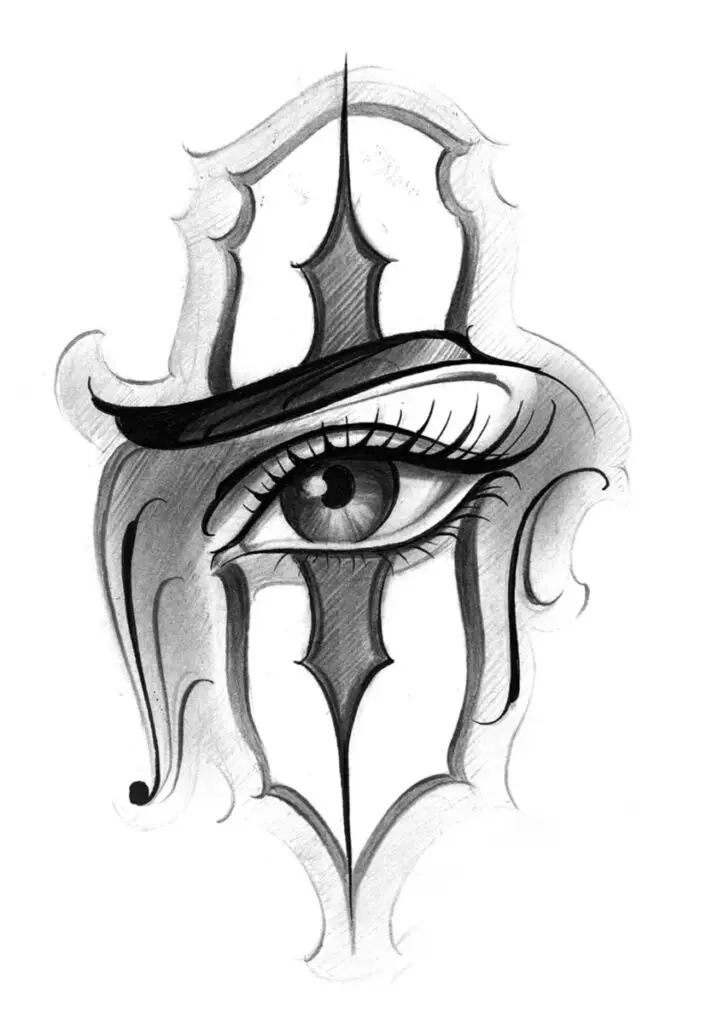
Chicano art gained recognition through dedicated spaces and events that showcase cultural expression across the United States. Museums, galleries, and community centers play vital roles in preserving and promoting this art form.
Notable Exhibitions
The 1990 CARA exhibition (Chicano Art: Resistance and Affirmation) at UCLA changed how people viewed Chicano art. It traveled to 10 major cities and featured works from 140 artists.
Mi Tierra at the Denver Art Museum in 2017 displayed installations from 13 Mexican-American artists. The show explored themes of identity and place.
The 2020 exhibition “¡Printing the Revolution!” at the Smithsonian American Art Museum highlighted political posters and prints from the 1960s to today.
Prominent Galleries
Galería de la Raza in San Francisco stands as one of the oldest Chicano art spaces, opening in 1970. It continues to showcase emerging and established artists.
Self Help Graphics & Art in Los Angeles serves as both a gallery and printmaking workshop. Since 1973, it has supported thousands of artists through exhibits and programs.
The Mexican Museum in San Francisco holds one of the largest collections of Mexican and Chicano art in the U.S.
Community Arts Organizations
Centro Cultural de la Raza in San Diego provides exhibition space and educational programs. It started in 1971 in a converted water tower.
The National Museum of Mexican Art in Chicago offers free admission and reaches over 150,000 visitors yearly.
Local arts groups like East LA’s Plaza de la Raza give artists spaces to show their work and teach classes. These centers help keep Chicano art traditions alive through workshops and youth programs.
Education and Outreach


Chicano art education programs and community workshops play a vital role in preserving cultural heritage and fostering artistic expression in Mexican-American communities.
Art Education Programs
Many museums and cultural centers offer specialized programs focused on Chicano art history and techniques. Students learn about influential artists like Judy Baca and Carlos Almaraz through hands-on activities.
Elementary and high schools in areas with large Mexican-American populations have integrated Chicano art into their curricula. These programs teach traditional Mexican art forms alongside contemporary Chicano artistic practices.
Several universities now offer degrees or concentrations in Chicano art studies. These programs combine studio practice with cultural and historical analysis.
Workshops and Lectures
Local art centers host regular workshops teaching traditional Mexican art techniques like papel picado and mural painting. These sessions often feature working Chicano artists as instructors.
Community organizations arrange artist talks and panel discussions to connect established Chicano artists with aspiring creators. These events typically include live demonstrations and Q&A sessions.
Traveling exhibitions bring Chicano art education to different communities. Museum curators and artists give lectures about the cultural significance and techniques behind notable works.
Mobile art studios visit schools and community centers in underserved areas. These programs provide art supplies and instruction to students who might not otherwise have access to art education.
Preservation of Chicano Art
Museums, cultural institutions, and community organizations work to protect and maintain Chicano art for future generations through careful conservation and digital archiving efforts.
Conservation Efforts
Many museums employ specialized conservators who focus on preserving Chicano murals and paintings. These experts use advanced techniques to prevent damage from sunlight, pollution, and weather exposure.
The Getty Conservation Institute has launched projects to protect outdoor murals in Los Angeles. Their work includes documenting existing artwork and developing new preservation methods.
Community groups play a vital role in protecting local Chicano art. Organizations like Self Help Graphics & Art in Los Angeles maintain and restore murals while training new artists in preservation techniques.
Archives and Digital Collections
The Smithsonian American Art Museum maintains extensive digital records of Chicano artwork. Their online database includes high-resolution images and detailed documentation of paintings, sculptures, and installations.
UCLA’s Chicano Studies Research Center houses thousands of photographs and documents related to Chicano art history. Their digital archive makes these materials available to researchers worldwide.
The San Francisco Museum of Modern Art has created 3D scans of significant Chicano sculptures. This technology helps preserve exact details of artwork for future study and restoration.
Local libraries across the Southwest United States maintain collections of Chicano art books, photographs, and exhibition catalogs. These resources help scholars study and document artistic developments.
- 829shares
- Facebook0
- Pinterest829
- Twitter0

